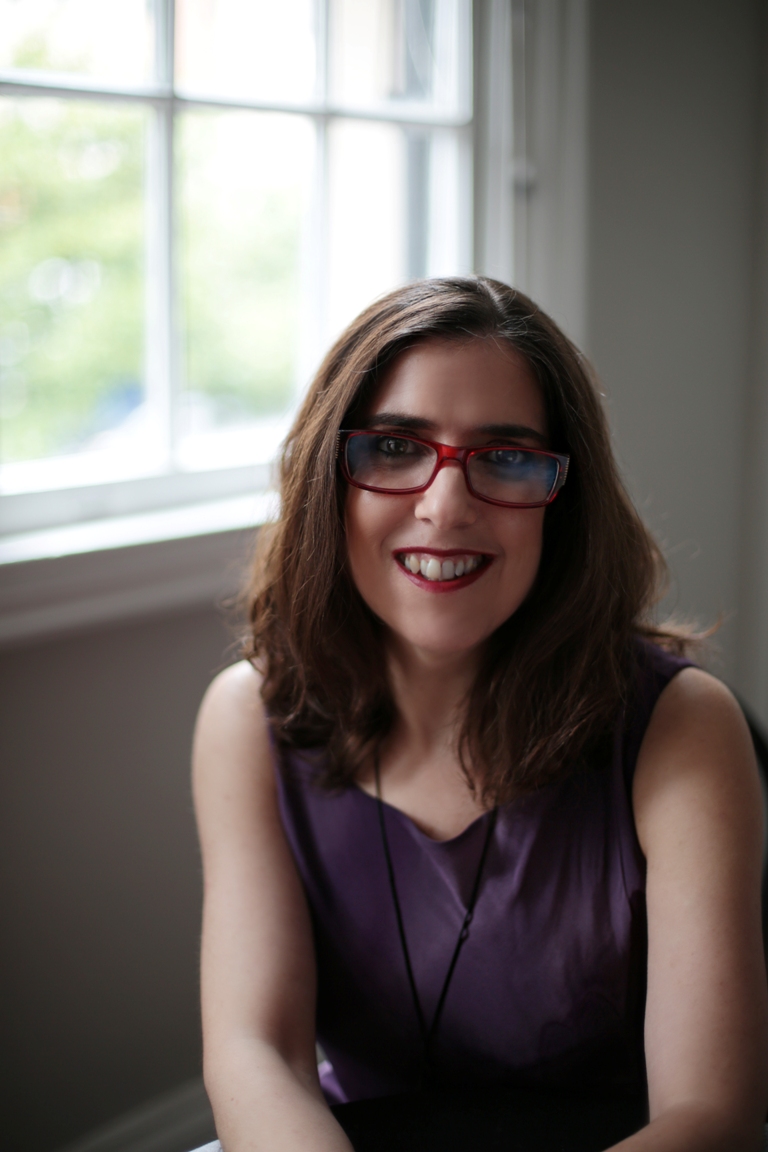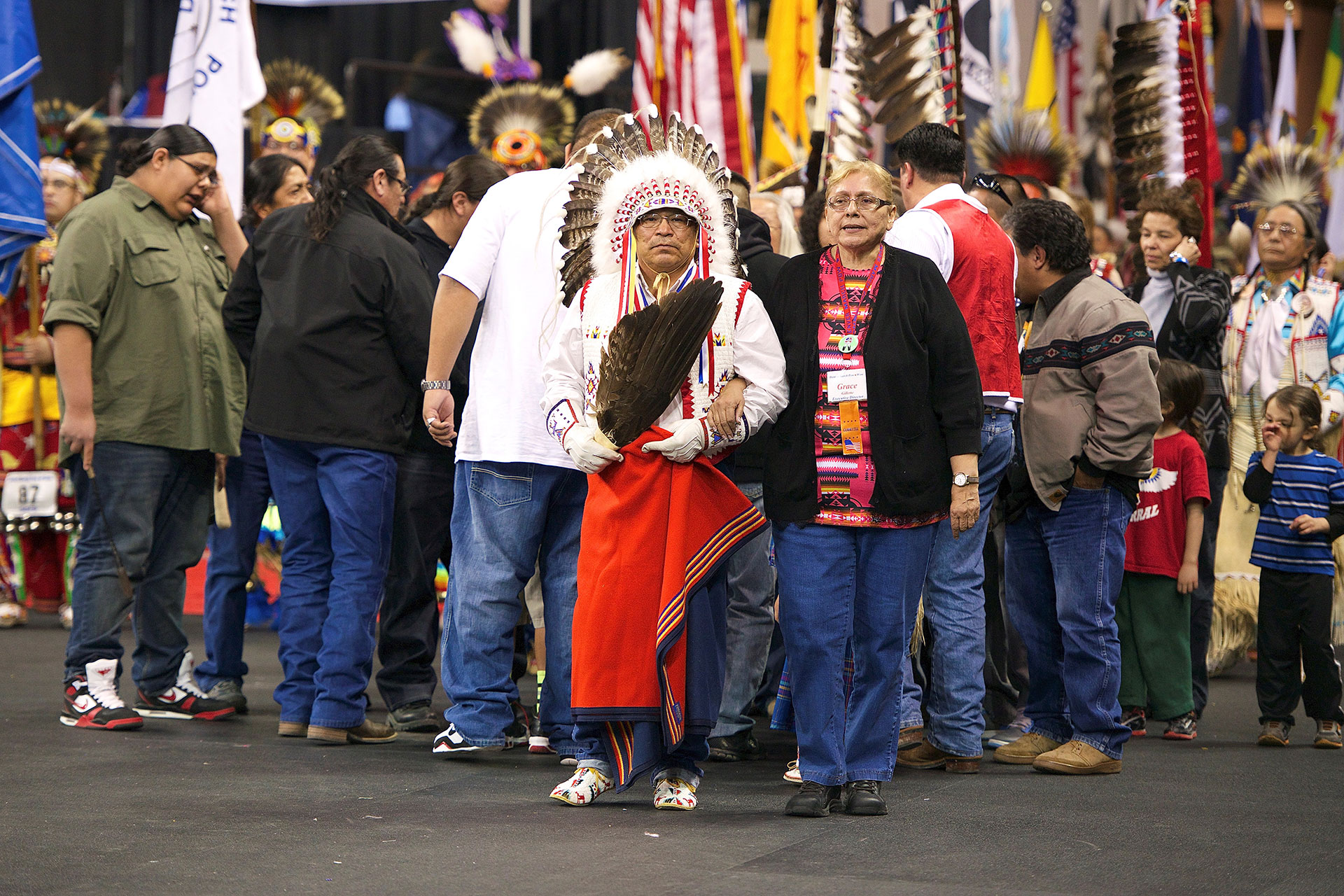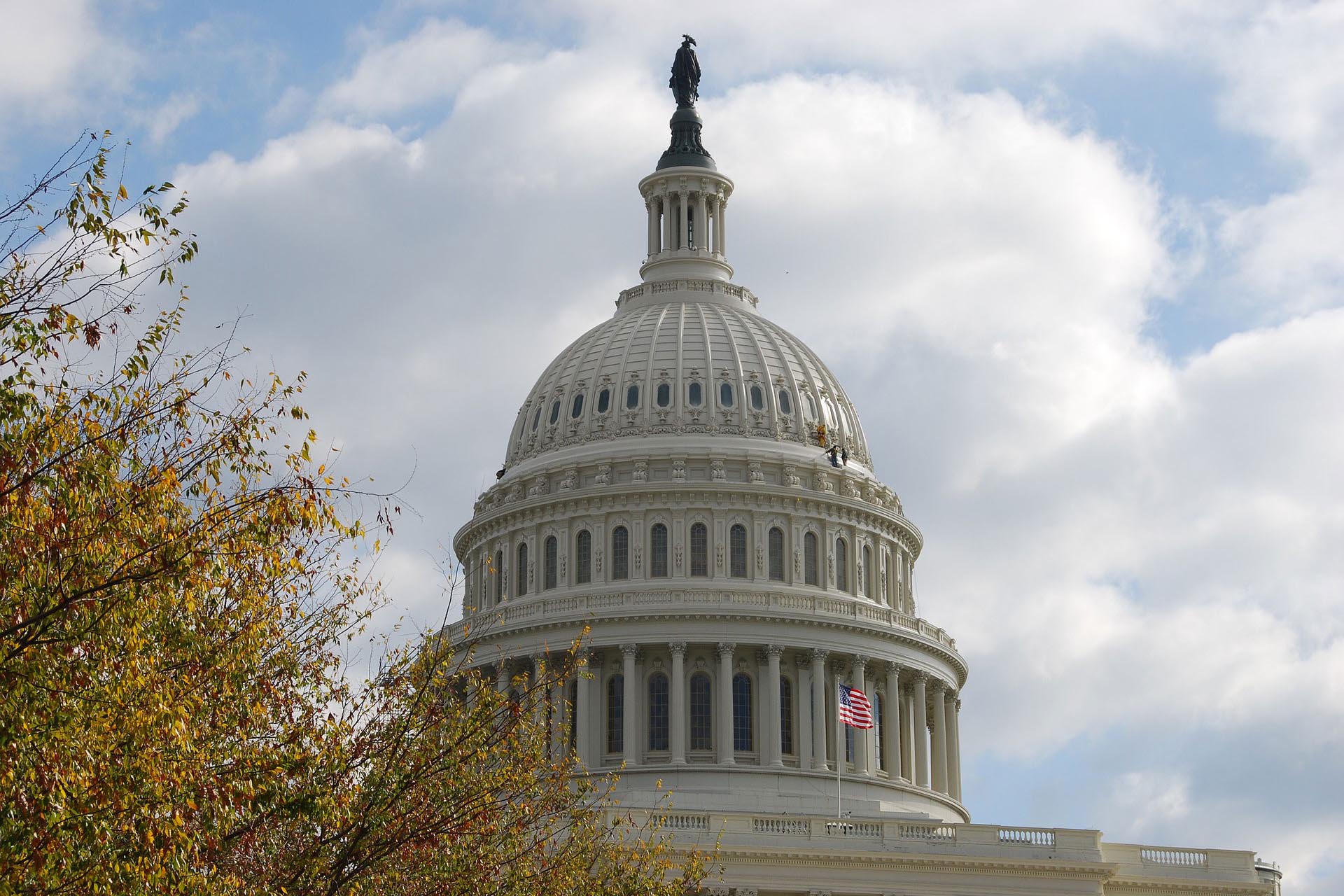Hope for a Post-Pandemic Heyday for In-Person Performing Arts Experiences
By Lisa Traiger

Amy Fitterer, photo: Alison Bank Photography
Amy Fitterer served as Dance/USA’s executive director for a decade, until transitioning out of the role in December 2020. She has ushered the organization through substantial shifts in its core values, vision and mission and set it on a stable and steady path. During her tenure, membership has stabilized, new core services have been instituted, while Dance/USA continued its active role in serving as a voice for the field on Capitol Hill and within the Administration. In fact, that’s where Fitterer began her Dance/USA career, as director of government affairs, before moving into the executive leadership role. This month Amy receives the Trustees Award, which is given at the discretion of the Dance/USA Board of Trustees to recognize an outstanding professional in the field. From the Green Room spoke to Amy about her many contributions to the dance field through her work at Dance/USA. Though the honor is not bestowed each year, past recipients include executive leaders C. C. Connor, managing director emeritus of Houston Ballet, and Sharon Gersten Luckman, former executive director of Alvin Ailey American Dance Theater. You can find Amy Fitterer’s full bio here. This conversation with Amy has been edited for length and clarity.
Dance/USA: You began your career at Dance/USA as director of government then advanced to executive director. Can you share how you navigated advancement in the field? What resources or support did you seek out in your transition to executive leadership?
Amy Fitterer: When the job became available, I remember thinking, “Oh gosh, I wish it was five years later,” because I was only a year or two out of graduate school with a master’s in arts administration. Even in graduate school, I thought I might enjoy being an executive director … enjoy that broad, generalist, holding-the-big-picture-in-your-head work. I loved the government affairs job that I was doing at the time and I wanted more time to observe and work under an executive director. But it is important when you’re navigating advancement to know if you truly want something and if you believe you can do it.
.jpg)
Fitterer at the 2018 Dance/USA Annual Conference at The Music Center in Los Angeles, photo: BEND Productions
I took a week to think before agreeing to go through the application process. I knew in my gut that I could do the job, but I also felt I could do [it] better in a few years. But opportunities don’t always follow a perfect timeline. Part of the story of career advancement is to know if you’re in a place where you can seize that opportunity. And I was.
And I needed some help. Another part of the story of advancement is even if you believe you can do something, you must reach out for help. I asked a lot of people for advice and input during the application process. For the final interview, I had to present 90-day organizational goals, one-year goals and my vision for the organization. I also really wanted to know what I was getting into, which is also important when you’re stepping up. While it is good that you have ambition and interest, do you have the motivation and drive to take on something that’s going to be hard?
You also need to not be reckless and you don’t want to step into failure. I asked to see the financials of the organization. I studied them with friends outside the dance world, who led other non-profits. That gave me a grasp of what was going on at the organization. I spoke to colleagues and some leaders of other national arts service organizations doing similar jobs to get a sense of the job.
Then once you do take the opportunity, you need to have a level of curiosity and humility to ask a lot of people a lot of questions. Continue to be really curious to learn, learn, learn more about the organization, no matter how experienced you are. I see some of the most wonderful leaders, ask tons of questions before they take another job. That means hearing a lot of different points of view from Board members, staff members, constituents and then going off to make your decision. I like to get a lay of the land before making a decision, but sometimes you don’t have much time. That meant 12- to 15-hour days making phone calls getting information from people in order to take action. I learned that stepping into a bigger position requires a huge commitment of a person’s time. You have to put in your time and be thoughtful once you’re in the job to attempt to master it.
D/USA: During your decade at Dance/USA, the organization evolved in many ways. What significant changes did you bring to the organization?
A.F.: One of the most significant changes was that I left the organization with a new mission, vision and core values that are completely grounded in equity and justice. I strongly believe it is time for all industries to reconcile with their systemic inequities. Of course, Dance/USA is still about sustaining the dance industry, but it’s now through championing equity and inclusion. Six years after beginning our work on equity, we were ready to do an organization-wide strategic plan immersed in equity and justice. We could only do an organization-wide strategic plan at that point … because we had the right people at the table. In 2012, we didn’t start our equity work with a plan — we started it with trainings, relationship building, and incrementally shifting our programs. Only after years of that groundwork were we ready to write an authentic, organization-wide equity plan.
Another development that I’m very excited about is the archiving and preservation programming. It was wonderful that Dance Heritage Coalition wanted to integrate with Dance/USA. Dance/USA keeps an archivist on the Board, and now has an archiving affinity group, and a Department of Archiving and Preservation with trained staff. Dance/USA has a network of expert performing arts archivists around the country at its fingertips and a whole new slate of services are now available to the field. For years, Dance/USA had three core services: convening, research and advocacy. We added a fourth core service for archiving and preservation. It’s a significant service to the field.
An additional change is the Dance/USA Fellowship to Artists program, which only came about in the past three years. The program is supported by the Doris Duke Charitable Foundation and was created under the leadership of Suzanne Callahan, a consultant Dance/USA has worked closely with for the past twenty years. The act of giving cash grants to individual artists is a huge change for Dance/USA, which before had primarily given project grants to organizations. A key driver to championing equity in the industry is to center the voices of independent artists. We need to learn from the artists and invest in them.
D/USA: You’ve had a bird’s eye view of the dance world across the United States for more than a decade. Where do you think the dance field might be headed in the coming 10 years?
.png)
Fitterer (top row, center) joined by the 2020 class of Dance/USA Institute for Leadership Training in a virtual meeting. The 10-year-old mentorship program matches early-career dance leaders with mentors in the field.
A.F.: The next decade without a doubt is going to be largely about recovery from pandemic life and exploring or getting used to what the new normal will be. Since we’re still in the pandemic, I don’t really know for sure what the long-term effects of COVID-19 are going to be on the dance industry. I’m hopeful there will be a new hybrid of the art form. A lot of people are talking about this new hybrid that will carry forward what we’ve learned from all the virtual experimentation, combined with bringing back the in-person experience. I think, we’ll see more combinations of virtual and in-person opportunities for society to engage in dance.
Society is definitely continuing down a path of social reckoning. The civil unrest that we have seen is certainly not over and certainly the work to continue to understand and change systemic inequity in our industry is far from over. That will be a huge part of the next decade, because I think 2020 woke up a lot of white people in our industry who knew there were tremendous exclusionary practices in our industry but didn’t really understand, to the fullest extent, the harm of systemic inequity. They are now motivated to change their organizations, to change their artistic practices, and to have complicated conversations about aesthetics.
I hope and I believe that society will not stop this massive social transformation. This will continue to be a major issue within every single industry, including dance.
I also have a lot of hope that we’ll see a heyday for in-person performing arts experiences when it’s safe for all of us to get back together. It may not happen instantly, because people need to build trust in the vaccines and everybody has their own trust level for when they feel safe about going back into theaters and crowds. However, I believe people are so desperate for in-person experiences and to be out and about, learning, having fun, socializing and processing our world together, we’ll see a big desire for in-person art experiences. I can’t wait.
D/USA: Any final thoughts?
A.F.: It occurred to me at the end of my tenure that, even as demanding as the job of executive director of Dance/USA was, it was definitely one of the highlights of my life. I am so grateful that I had that opportunity. I didn’t know if I would feel that way, because it was often times quite hard. But it was also very interesting and exciting. Thank goodness I had this opportunity because I’ve learned so much. I’m grateful the Board wanted to honor me. That really means a lot to me.

Lisa Traiger edits From the Green Room, Dance/USA’s online journal, and writes frequently on dance and the performing arts for publications, including Dance, Dance Teacher and Washington Jewish Week. An award-winning arts journalist, she is a former co-president of the Dance Critics Association and holds an MFA in choreography from University of Maryland.
____
We accept submissions on topics relevant to the field: advocacy, artistic issues, arts policy, community building, development, employment, engagement, touring, and other topics that deal with the business of dance. We cannot publish criticism, single-company season announcements, and single-company or single artist profiles. Additionally, we welcome feedback on articles. If you have a topic that you would like to see addressed or feedback, please contact communications@danceusa.org.
Disclaimer: Opinions expressed in guest posts do not necessarily represent the viewpoints of Dance/USA.



